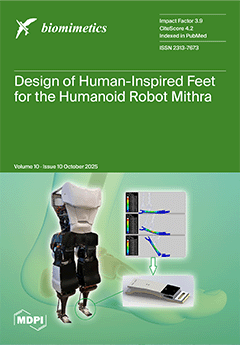Background: Substituted hydroxyapatites (HAps) are widely used in oral-care formulations for enamel repair; however, head-to-head comparisons among commercial grades remain limited.
Objective: To compare four commercial HAps: A (Kal-HAp), B (FL-HAp), C (FL-HAp-SC), and D (microRepair
®, a biomimetic Zn–carbonate-substituted
[...] Read more.
Background: Substituted hydroxyapatites (HAps) are widely used in oral-care formulations for enamel repair; however, head-to-head comparisons among commercial grades remain limited.
Objective: To compare four commercial HAps: A (Kal-HAp), B (FL-HAp), C (FL-HAp-SC), and D (microRepair
®, a biomimetic Zn–carbonate-substituted HAp) and to evaluate their ability to form an enamel-like coating in vitro.
Methods: We characterized the powders by X-ray diffraction (crystalline phase, Landi crystallinity index), FTIR-ATR (phosphate/carbonate bands), SEM/EDS (morphology, surface Ca/P), and DLS (particles size, ζ-potential). In vitro, human enamel sections were treated with 5% slurries in artificial saliva; surface coverage was quantified by image analysis on SEM.
Results: All commercial materials analyzed in this work were composed of HAp. Differences were observed between HApin terms of crystallinity-range [2 Theta 8.0–60.0°], carbonate substitution (ATR [carbonate group evaluated −870 cm
−1]), and particle size (DLS [in a range 0.1–10,000 nm], Z-mean [mV]). On enamel, all samples form a hydroxyapatite layer; coverage differed between groups ([A] 28.83 ± 7.35% vs. [B] 31.11 ± 3.12% vs. [C] 57.20 ± 33.12% vs. [D] 99.90 ± 0.12%), with the biomimetic Zn–carbonate-substituted HAp showing the highest coverage, and the post-treatment Ca/P ratio approached values similar to those of dental enamel.
Conclusions: Complementary physic-chemical signatures (crystallinity, carbonate substitution, and morphology) relate to enamel-surface coverage in vitro, providing evidence base for selecting HAp grades for enamel-repair formulations, which is a practical implication for product design.
Full article






